Today, we’ll discuss the iconic line of loafers from G.H Bass and Company known as Weejuns and whether or not they are worth your money. Their flagship product line, the Weejun, has been a staple of Prep and Ivy dress codes since its original introduction back in 1936. But before we zero in on Bass Weejuns, we’ll also brush up on what loafers really are.
What Are Loafers, Really?
Firstly, and perhaps most obviously, a loafer has no laces. Phrased another way, it is a type of slip-on shoe. Also, a loafer is a type of so-called low shoe meaning that the ankle is exposed and the shoe doesn’t wrap snugly around. Loafers will often feature a heel with a relatively low profile compared to some other dress shoe styles. And while the upper vamp of a loafer will often feature a moccasin like construction, the sole of a loafer is separate from its upper. If you’re unfamiliar with any of these terms, you can check out our guide to the anatomy of a dress shoe.
Loafers will sometimes, though not always, feature an additional strip of leather across the vamp referred to as a saddle. Those are the general notes on what makes a loafer a loafer. For more information on how they were inspired by but are different from moccasins, the full loafer guide has you covered. Now, one more thing to cover before we get into the specific appraisal of the models of shoe we will tackle on today’s review, that would be a brief historical overview of G.H Bass and company.
A Brief History of G.H Bass
George Henry Bass entered the shoe business in 1876 as a junior partner in the EP Packard company out of Wilton, Maine. Within three years, he had assumed full control of the company and given it his name. Bass and company made moccasins as early as 1906 which they dubbed the “bass moccasin cruiser.” Other moccasin styles were also created which included the Rangeley, the Ski Moccasin, and the curiously named Woc-o-Moc. Upon George Henry’s passing in 1925, his sons John and Willard would take over the company.
Bass was also well known for its aviation and ski boots often used on Arctic expeditions but they would have their biggest success in 1936 with the premiere of the Weejun loafer. The moccasin inspired design of the shoe, which included most of the features we outlined above, did include a strip of leather across the vamp with a diamond-shaped cutout. Bass christened their shoes ‘Weejuns’ to sound like Norwegians. A nod to the roots of the loafer style shoe and also to differentiate their shoes from other slightly similar styles that had already hit the market.
From then on, weejuns became immensely popular, particularly in America, and especially with prep school students in the 1950s. While students would originally keep dimes in the cutouts of their saddles in order to make pay phone calls, the copper color of pennies was more fashionable with the brown leather shoes offered at the time and therefore, they became known as penny loafers.
Bass and company was purchased by Chesebrough-Ponds Incorporated of Greenwich, Connecticut in 1978 and would be sold to Phillips-Van Heusen, later the PVH corporation in 1987. And since 2013, the brand has been owned by the G3 apparel group. Today, Bass has expanded the original range of Weejun styles to include a much broader range of options. There are weejuns in the classic leather style, of course, but also in patterned fabric, suede, faux lizard skin, and more. They offer weejuns with dyed or natural colored leather soles, as well as crepe soles and rubber soles, which have been dubbed easy weejuns. Additionally, the famous saddle strip has also been supplemented by tassels, horse bits, kilted straps, and more. And Bass has extended its original product range to include weejuns for women and children, as well as men.
The Weejuns We Selected for Review
For today’s review, we selected two different styles of Weejuns from G.H Bass & Co. to find out if they really are worth the investment.
First is the Logan, which is billed as the original style and a modern take on the 1936 classic. It comes with a dyed edge leather sole and a flat strap across the vamp. For the this iconic shoe, we selected the medium brown leather that was most commonly seen in many vintage advertisements for Weejuns.
The other style is the Larson in blue which features a natural colored leather sole and contrast stitching, as well as decorations on the side of the saddle strap, referred to in the loafer world as beefrolls. Both of these pairs retail on the Bass website for a price of $110. This is the standard price for most pairs of Weejuns although Bass does offer other styles for as little as $95 and as much as $195.
Both of the styles we selected features smooth leather soles with rubber top lifts on the heels, as well as a handcrafted welt. As for the build quality of the shoes, they both seem fairly solid if somewhat unremarkable. There are a few oddly spaced stitches on the welt of the Logan’s and the beef rolls on the Larson’s do seem a bit asymmetrical. The subtle color variation in the medium brown of the Logan’s is pleasing, though they do have a slightly shiny finish that may suggest that the leather was either treated or coated somehow. Meanwhile, the blue Larson’s have a more understated matte finish to them. In addition to the uneven stitching on the sole of the Logan’s, there was also a slight tear in the leather on one of the seams of the upper.
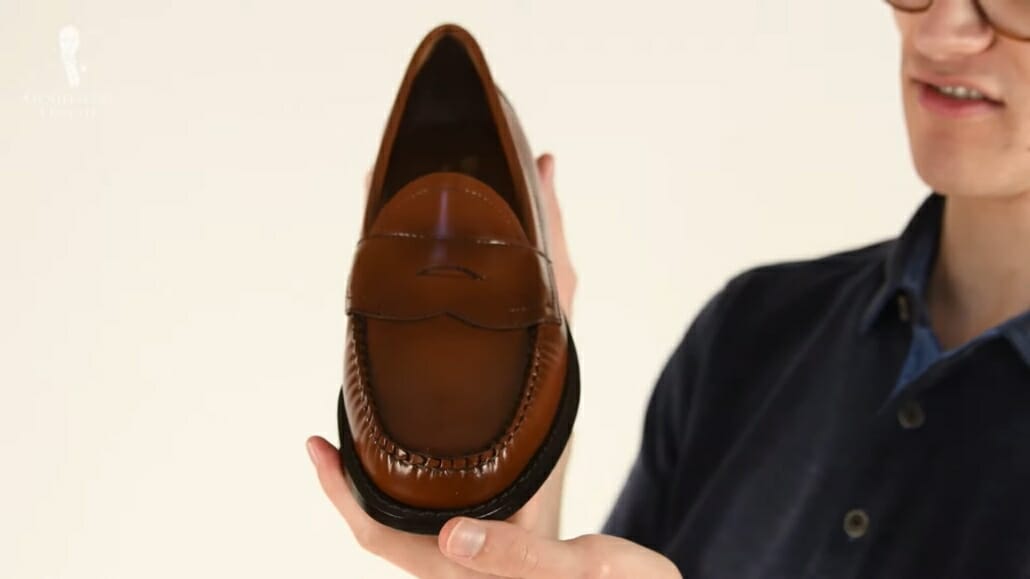
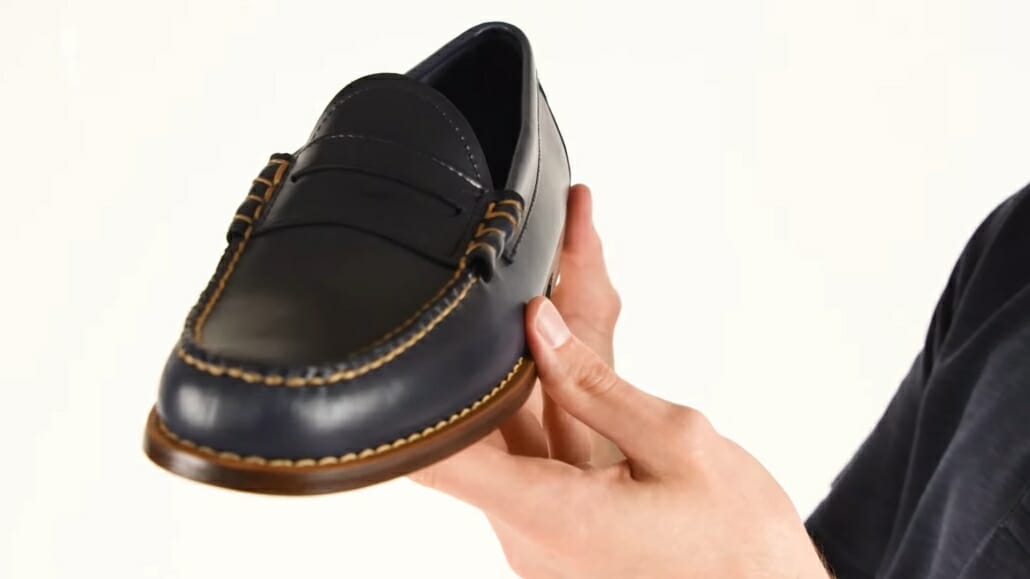
There are a small handful of quality American shoemakers who still produce their products in the United States. Allen Edmonds, for example, makes most of their shoes in the US. However, as with a great many number of historic American brands, Bass, at this point, has moved construction of their shoes to other locations and in this case, both of the pairs we ordered were put together in El Salvador.
As for fit and comfort, both pairs fit true to size. I ordered an eight and a half in both and they’re fairly comfortable out of the box. More comfortable and better fitting, in fact, than the dark oxblood penny loafers I recently ordered from Allen Edmonds. Because by nature, a loafer covers less of the foot however, fit will vary not only from brand to brand and style to style but indeed from pair to pair. In this case, both of the styles we ordered did fit me well. On the Bass web site, most models are offered in full and half sizes and some are also offered in wider widths, though not all.
Moving on from build quality and initial impressions then, let’s answer the question of how we think you might best wear these loafer styles. Obviously, the contrast stitching and natural-colored sole of the Larson’s make them a more casual loafer style. Really more in line with something like a boat shoe. And while it’s obviously more traditional, the Logan would probably look best with a smart casual ensemble. Its overall effect is a bit too mid-level in terms of style and formality to really be paired with something like a full suit. All of this then brings us to our main question for today, do we think that a pair of Weejuns from G.H Bass and Company are worth it?
Our Verdict on Weejuns
While the brand has maintained its classic styles and also expanded into new territory, we think that the models of today are ultimately serviceable shoes. That is to say, they’re certainly better than something like a cemented sole model you would get from a typical department store but there are also higher quality options out there. Something from Allen Edmonds in America, for instance, or a brand like Loake in England.
Generally then, we think that the $110 price point is just about right for a modern pair of Weejuns. If cared for properly, they could certainly last you for a handful of years and could be resold by a skilled cobbler, assuming you have leather soled models. Meanwhile, the $95 easy Weejuns give off the impression of being somewhat cheaper with features like a small tag on the side of the shoe and slightly chunkier rubber soles. And assuming the same general build quality, we’d say that the shoes at the higher end of the line are probably priced a bit higher than they’re worth. It should be acknowledged, of course, that we’ve formed these impressions of the shoe after only having them for a short while and of course, to really get the full experience, you’d want to wear them for a longer period of time, at least a few months.
Overall then, we’d say that a pair of Weejuns from G.H. Bass and company is worth it if you’re looking to spend just enough money to get a smart casual shoe with solid but unremarkable built. This historic brand fortunately hasn’t become a shadow of its former self but of course, there are higher quality loafers out there if you’re looking to spend even a hundred or perhaps even just $50 more.
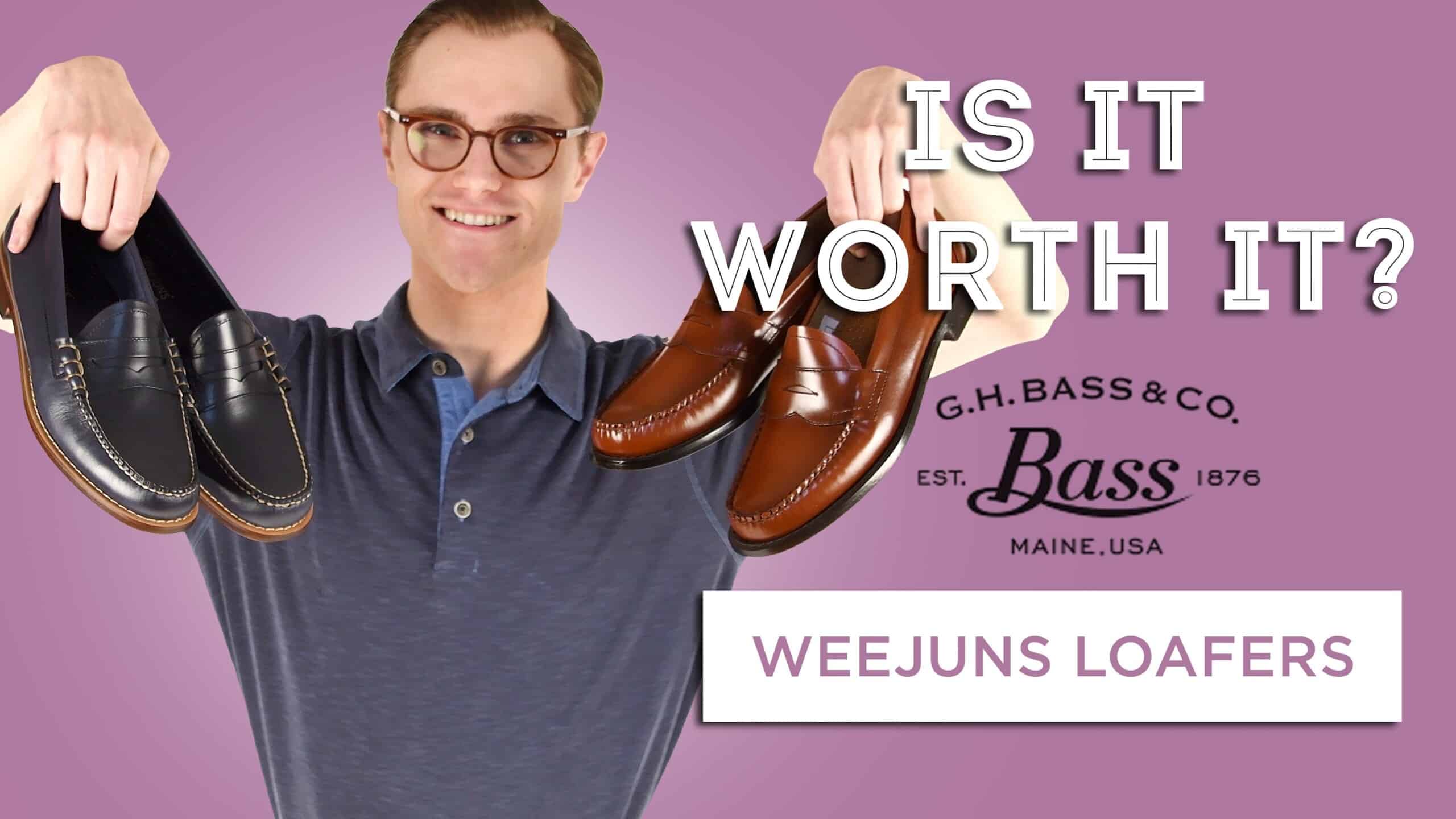

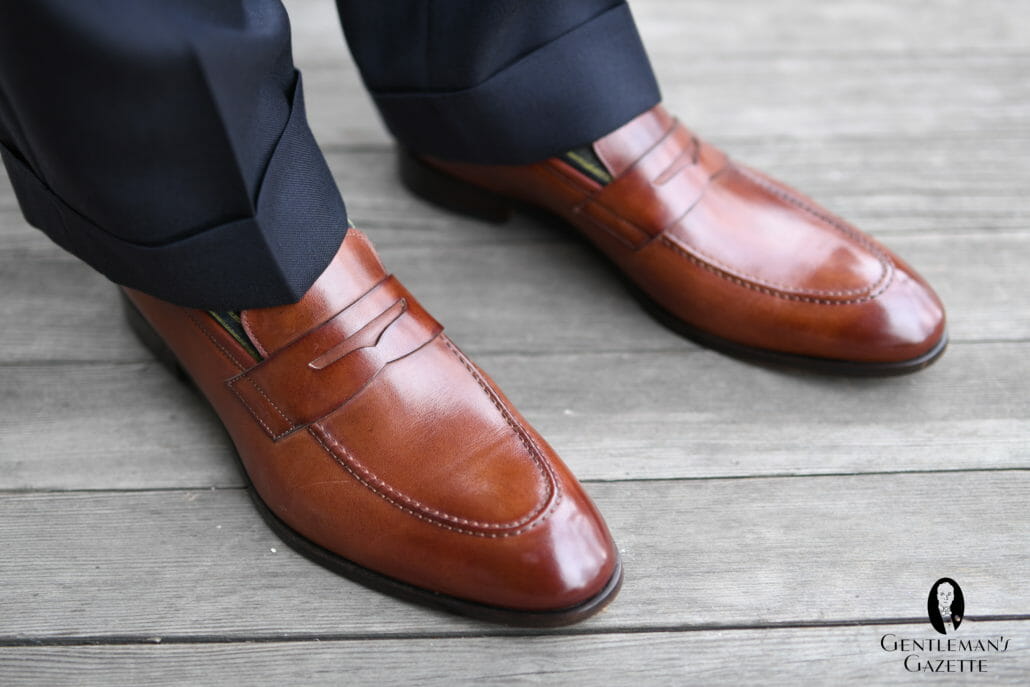

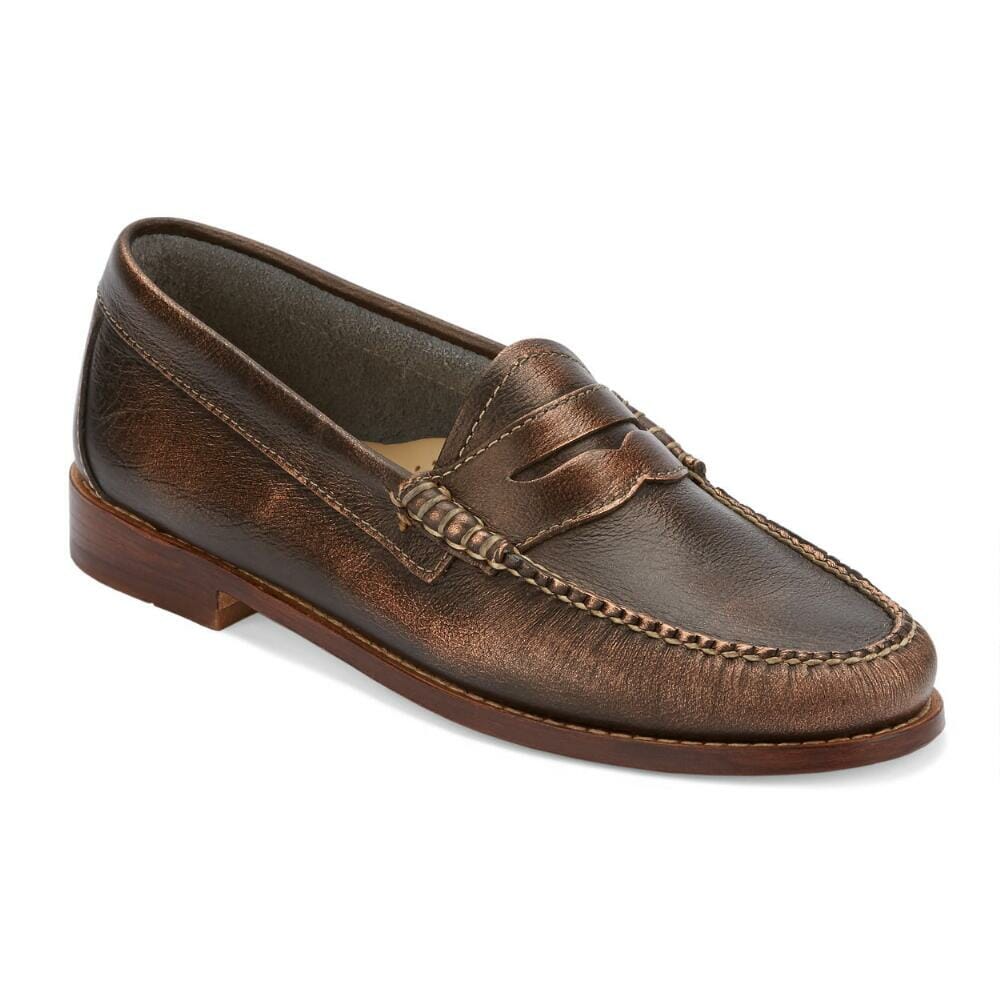
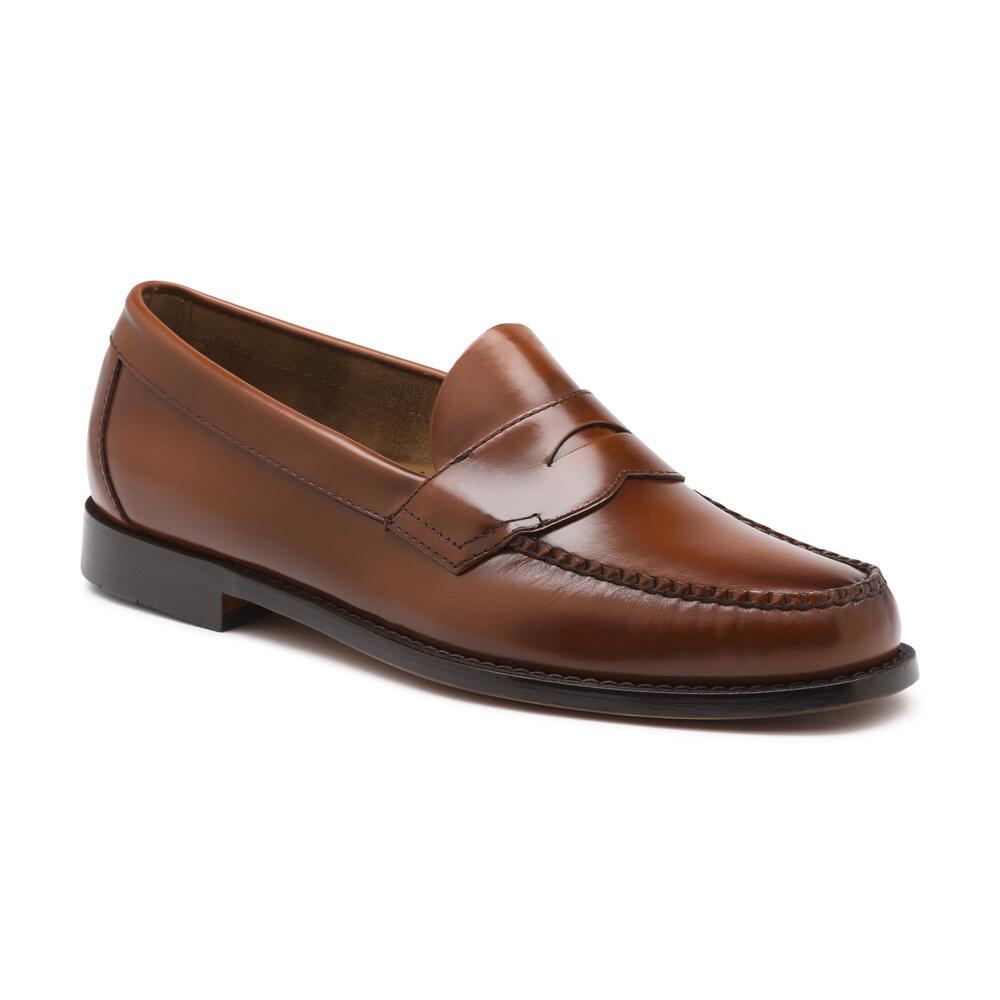

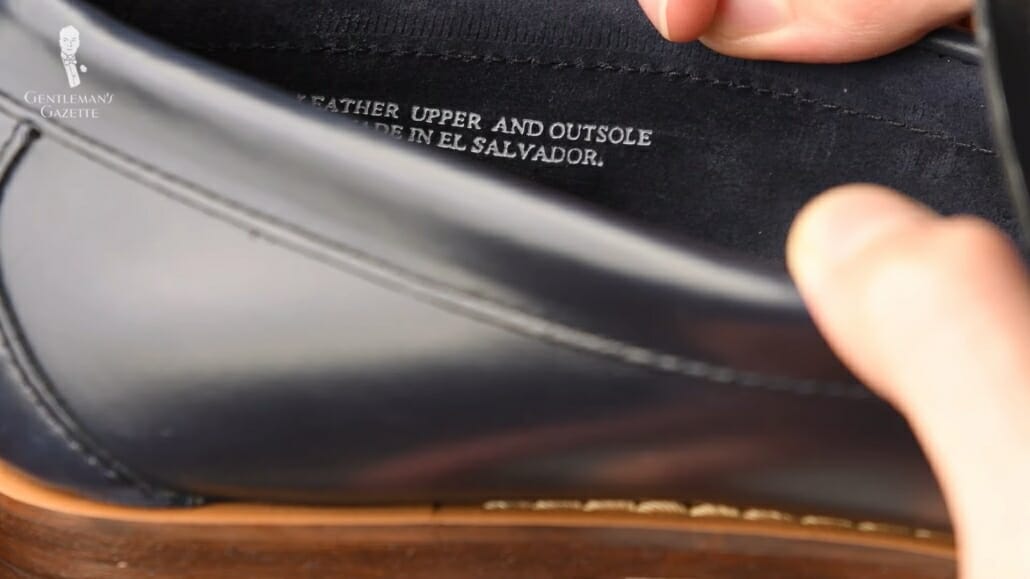
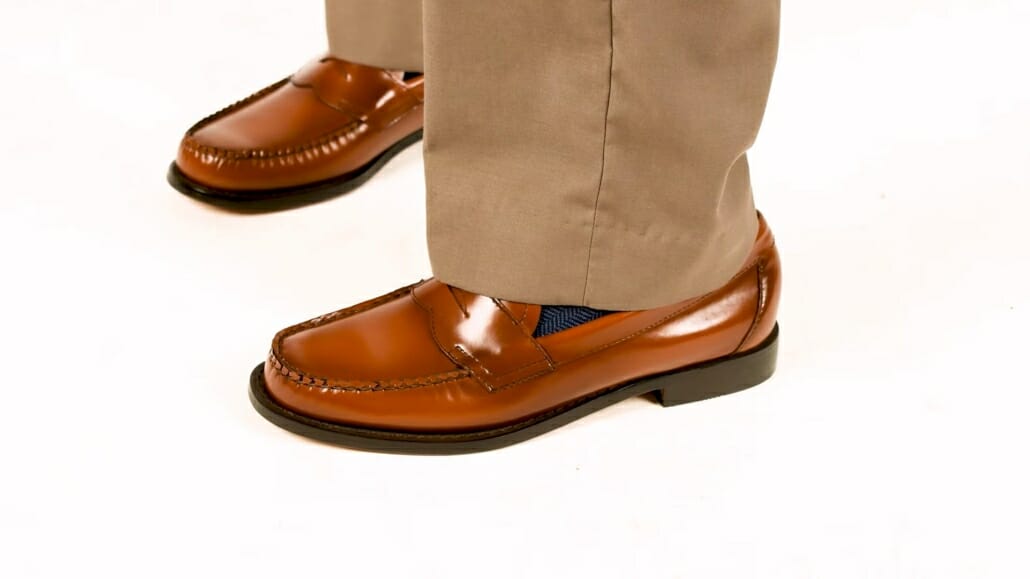
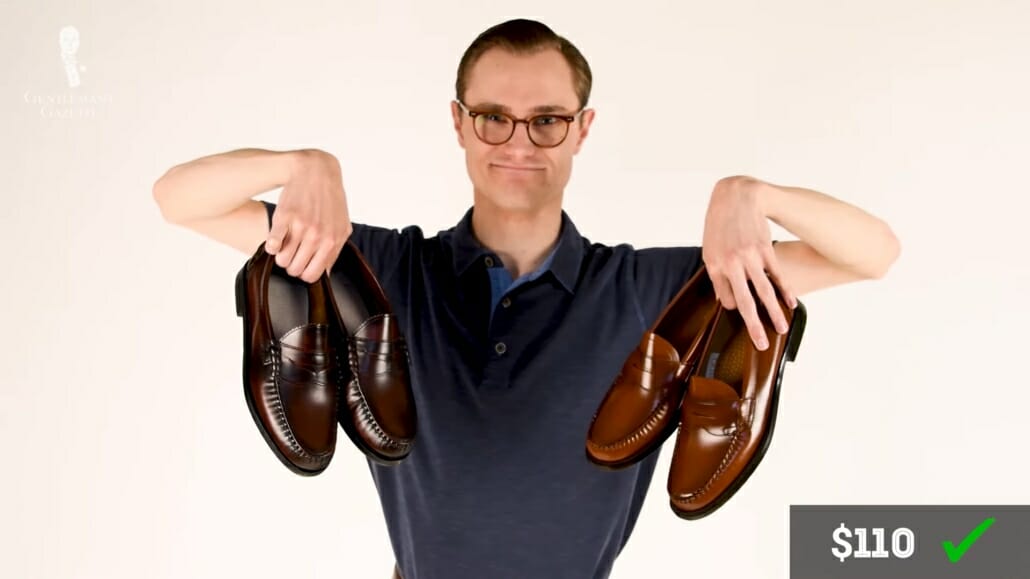
These shoes take me back to the early 1960s. No other loafers would do then, and I feel the same now.
Agreed with everything you mentioned except the AE comments. Strictly my opinionn AE has really done an in service in the show industry. Years ago they made a quality product at an expensive price.
In recent years, quality hs dropped customer service is questionable and I don’t believe for a minute that they are 100% made in the USA.
Both Weejuns and “Bass ties” formed my high school footwear wardrobe in the mid-Sixties. They were well made, and lovely shoes. The ties disappeared, years ago, much to my chagrin. Every pair I have seen, including the one I owned, have been progressively poorer quality, and grossly overpriced.
The comment above, regarding Allen Edmonds, is spot on. They, too, have been sold, and resold, decreasing in quality and customer service with each sale. It is tragic to see two, once iconic, American companies destroyed in pursuit of profit.
I quite agree about the AE quality decline. I have many of their shoes and, in my opinion, they just aren’t the same as once they were. One of the shoes of one of my loafer pairs squeaks. Unacceptable for a few dollars short of $400. Alas, it snows, here five or six months out of the year, and I have had thin rubber taps added to quite a few leather soles.
I have the Engineered Garments Lizard-style – Love them!
I have been wearing Weejuns for over 55 years, starting with my freshman year in college. I have a couple of pairs that are over ten years old. I good shoe guy can re-sole (not resold) a pair and they will live on. I have to originals and a pair of tassels in my closet right now! I always wear them to fly because you can step in and out of them so easily.
.
Thank you for sharing, David! :)
In Britain they are £140, which is £50 more! Not as worth it here.
Best shoes I ever had. They get better every year…
I too am taken back to jr high school in the 60’s when my shoes were either Bass Weejuns or Sperry Boat Shoes. I graduated to Allen Edmonds (service has gone down huge) and then on to the brits including Loake, Churchs, Crokette and Jones, and finally Trickers. I still have 4 or 5 pairs of Weejuns primarily for kicking around but their quality is so much below the other brands I’ve mentioned. Just look at the leather and it looks like plastic to me where I usually polish them with some sort of cleaner instead of using my expensive Saphir products. I usually buy them at their discount factory stores but they are truly kicking around shoes. Rancourt in Maine is the true New England gem to me now! Just my 2 cents!
Thanks for sharing! :)
The plastic-like finish is easily removed with lighter fluid (or any other solvent, I assume).
Can’t comment on the American brands, but Loakes are a poor imitation of what they used to be. Quality has diminished in pursuit of wider distribution and competition from cheap European and Asian imports. The same sad story for a lot of the British Northampton shoe makers unfortunately. One that does buck the trend is Crockett and Jones and they produce various Penny loafers, albeit, at a £400/$500+ price point.
I have been a fan of Weejuns since the early 80s (high school). My first pair went a good 20 years with a couple soles. Since then I’ve had tasseled ones, another pair of US made beef rolls, and two pairs from ‘overseas’. My 25 year old US beef rolls are a bit nicer than the brand new Salvadoran ones, but only a bit. What I have found is the sizing of the imports is erratic, I’d be nervous buying them online. Overall, my favorite casual shoes.